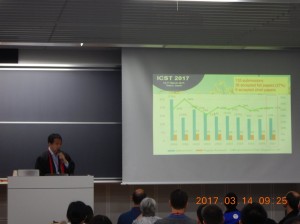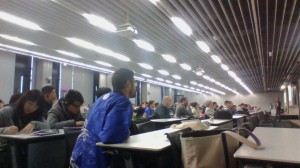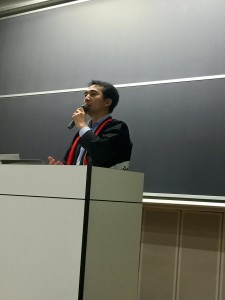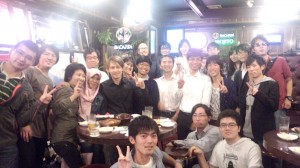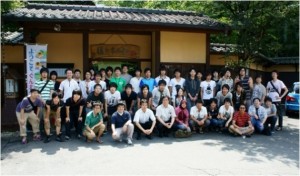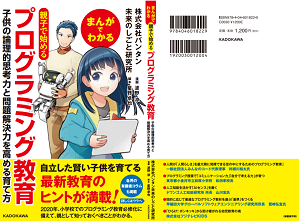Yuki Noyori, Hironori Washizaki, Yasuhiro Watanabe, Kiyoshi Honda, Kentarou Ogawa, Hiroyuki Shibata, “Improved metrics with iterative text mining for questionnaire analysis,” 8th IEEE International Workshop on Empirical Software Engineering in Practice (IWESEP 2017), Fast Abstract, March 13, 2017, Tokyo.
We employ text mining to iteratively extract problems with services and propose a method to improve metrics and strategic plans.
Naohiko Tsuda, Hironori Washizaki, Yoshiaki Fukazawa, Shunsuke Sugimura, Yuichiro Yasuda, Masanao Futakami, “Customization Patterns for GQM Metrics-Layer: Optimization by Checklist Based Maintainability Review and Machine Learning,” 8th IEEE International Workshop on Empirical Software Engineering in Practice (IWESEP 2017), Fast Abstract, March 13, 2017, Tokyo.
In this research, we propose a customization pattern using checklist based maintainability review and machine learning techniques: gathering data of evaluation criteria from within-organization experts (software developers, architects, and etc); and learning optimal metrics-layer according to the experts’ evaluation criteria.
Masaki Hosono, Hironori Washizaki, Yoshiaki Fukazawa, Kiyoshi Honda, Kazuki Munakata, Sumie Morita, Yusuke Nemoto, “Empirical Study of OSS Regarding the Relationships between Bug Fixing Time and Metrics,” 8th IEEE International Workshop on Empirical Software Engineering in Practice (IWESEP 2017), Fast Abstract, March 13, 2017, Tokyo.

